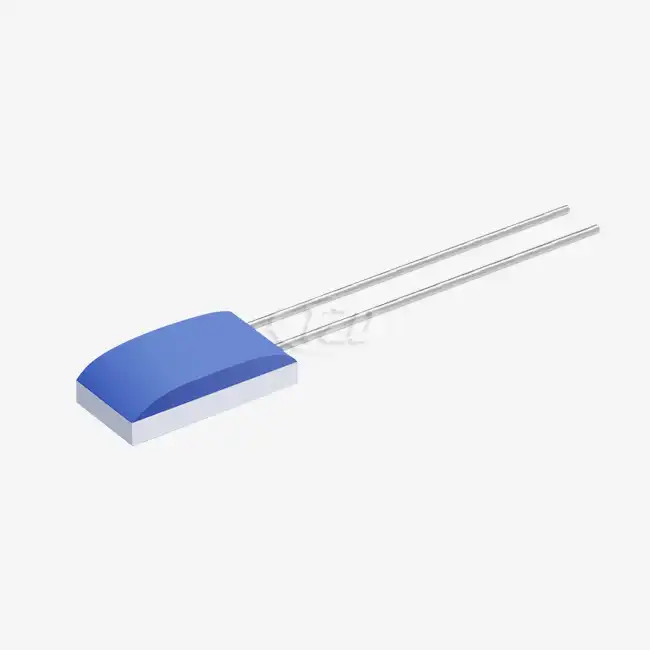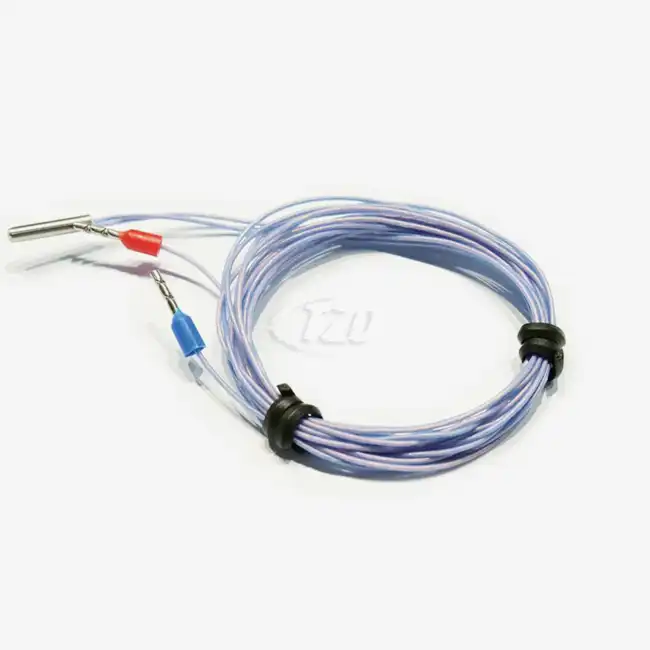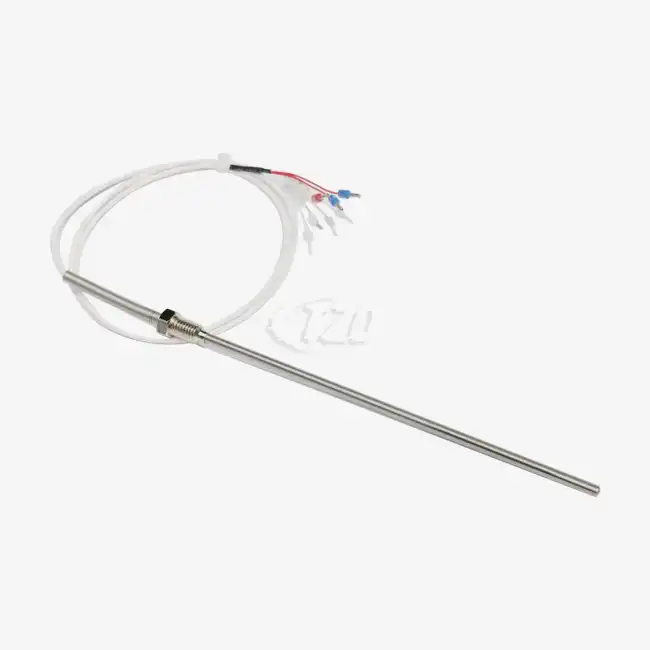- English
- French
- German
- Portuguese
- Spanish
- Russian
- Japanese
- Korean
- Arabic
- Greek
- German
- Turkish
- Italian
- Danish
- Romanian
- Indonesian
- Czech
- Afrikaans
- Swedish
- Polish
- Basque
- Catalan
- Esperanto
- Hindi
- Lao
- Albanian
- Amharic
- Armenian
- Azerbaijani
- Belarusian
- Bengali
- Bosnian
- Bulgarian
- Cebuano
- Chichewa
- Corsican
- Croatian
- Dutch
- Estonian
- Filipino
- Finnish
- Frisian
- Galician
- Georgian
- Gujarati
- Haitian
- Hausa
- Hawaiian
- Hebrew
- Hmong
- Hungarian
- Icelandic
- Igbo
- Javanese
- Kannada
- Kazakh
- Khmer
- Kurdish
- Kyrgyz
- Latin
- Latvian
- Lithuanian
- Luxembou..
- Macedonian
- Malagasy
- Malay
- Malayalam
- Maltese
- Maori
- Marathi
- Mongolian
- Burmese
- Nepali
- Norwegian
- Pashto
- Persian
- Punjabi
- Serbian
- Sesotho
- Sinhala
- Slovak
- Slovenian
- Somali
- Samoan
- Scots Gaelic
- Shona
- Sindhi
- Sundanese
- Swahili
- Tajik
- Tamil
- Telugu
- Thai
- Ukrainian
- Urdu
- Uzbek
- Vietnamese
- Welsh
- Xhosa
- Yiddish
- Yoruba
- Zulu
How do you measure thin film resistance?
Measuring thin film resistance involves utilizing precision instruments and techniques to accurately determine the electrical resistance of a thin film material. The process typically employs a four-point probe method, where four equally spaced probes are placed in contact with the film's surface. Two outer probes supply a constant current, while the two inner probes measure the resulting voltage drop. This technique minimizes contact resistance errors and allows for precise measurements of sheet resistance. For more complex geometries or specialized applications, such as in the Pt300 Thin Film Sensor, advanced techniques such as the van der Pauw method or automated mapping systems may be employed to ensure accurate and reliable resistance measurements of thin films.
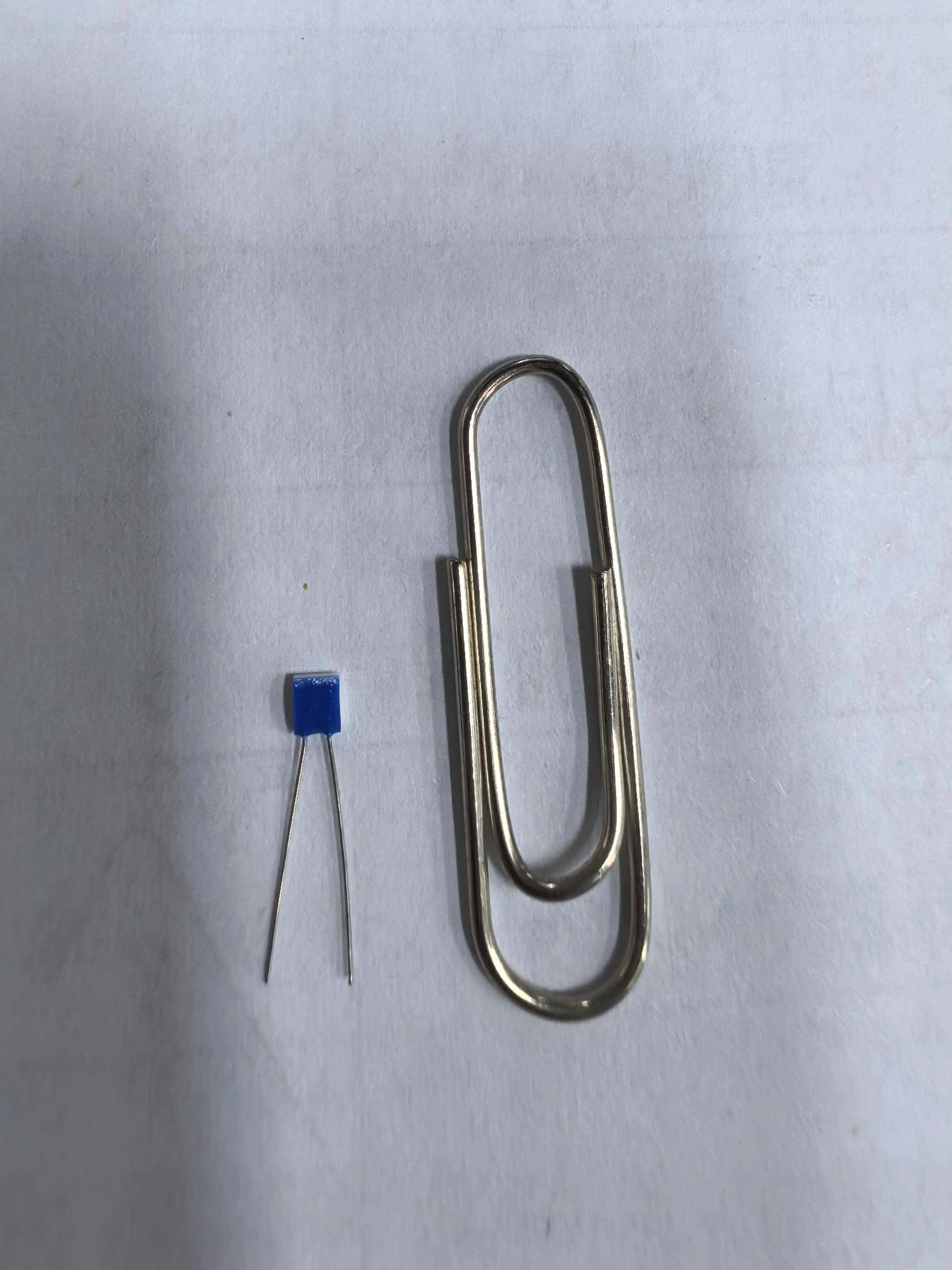
Understanding Pt300 Thin Film Sensors and Their Resistance Measurement
Pt300 Thin Film Sensors represent a cutting-edge technology in temperature measurement, offering exceptional accuracy and stability. These sensors, based on platinum resistance thermometers, utilize a thin film of platinum deposited on a substrate to create a precise temperature-dependent resistor. The Pt300 designation indicates a nominal resistance of 300 ohms at 0°C, making it a popular choice for various applications requiring high precision.
The resistance measurement of Pt300 Thin Film Sensors is crucial for their performance and calibration. These sensors operate on the principle that the electrical resistance of platinum changes predictably with temperature. By accurately measuring this resistance, we can determine the temperature with remarkable precision.
Key Features of Pt300 Thin Film Sensors
Pt300 Thin Film Sensors boast several notable characteristics that make them ideal for precise temperature measurements:
- Temperature Coefficient (TCR): 3850 ppm/°C, ensuring high sensitivity to temperature changes
- Operating Current: 0.1–0.8 mA, with consideration for self-heating effects
- Long-Term Stability: ≤±0.04% resistance drift of R₀ (0°C reference) after 1000 hours at 500°C
- Quick Response Time: In water flow (V=0.4 m/s), t₀.₅ = 0.05 s, t₀.₉ = 0.15 s
- Vibration Resistance: ≥40g acceleration (frequency range: 10–2000 Hz)
- Shock Resistance: ≥100g acceleration (8 ms half-sine wave)
These features contribute to the sensor's ability to provide accurate and reliable temperature measurements across a wide range of applications.
Resistance Measurement Techniques for Pt300 Thin Film Sensors
Measuring the resistance of Pt300 Thin Film Sensors requires precision and attention to detail. The following techniques are commonly employed:
- Four-Wire Resistance Measurement: This method eliminates lead resistance errors by using separate current and voltage sensing paths.
- Wheatstone Bridge: Offers high precision for resistance measurements, especially useful for detecting small changes in resistance.
- Digital Multimeters: Modern high-precision DMMs can provide accurate resistance measurements with proper calibration and setup.
- Specialized RTD Measurement Instruments: Purpose-built devices for measuring resistance temperature detectors (RTDs) like Pt300 sensors.
When measuring Pt300 Thin Film Sensor resistance, it's crucial to consider factors such as self-heating, which can be mitigated by using low measurement currents (0.1–0.8 mA) and minimizing measurement duration.
Applications and Advantages of Pt300 Thin Film Sensors in Various Industries
Pt300 Thin Film Sensors have found widespread adoption across numerous industries due to their exceptional performance characteristics. These sensors excel in applications requiring high accuracy, rapid response times, and long-term stability.
Industrial Applications
In industrial settings, Pt300 Thin Film Sensors play a crucial role in process control and monitoring. Their ability to withstand harsh environments makes them ideal for:
- Chemical Processing: Monitoring reaction temperatures and ensuring product quality
- Food and Beverage Production: Maintaining precise temperatures during processing and storage
- HVAC Systems: Providing accurate temperature feedback for efficient climate control
- Power Generation: Monitoring turbine temperatures and optimizing energy production
The sensors' vibration resistance (≥40g acceleration) and shock resistance (≥100g acceleration) ensure reliable performance even in challenging industrial environments.
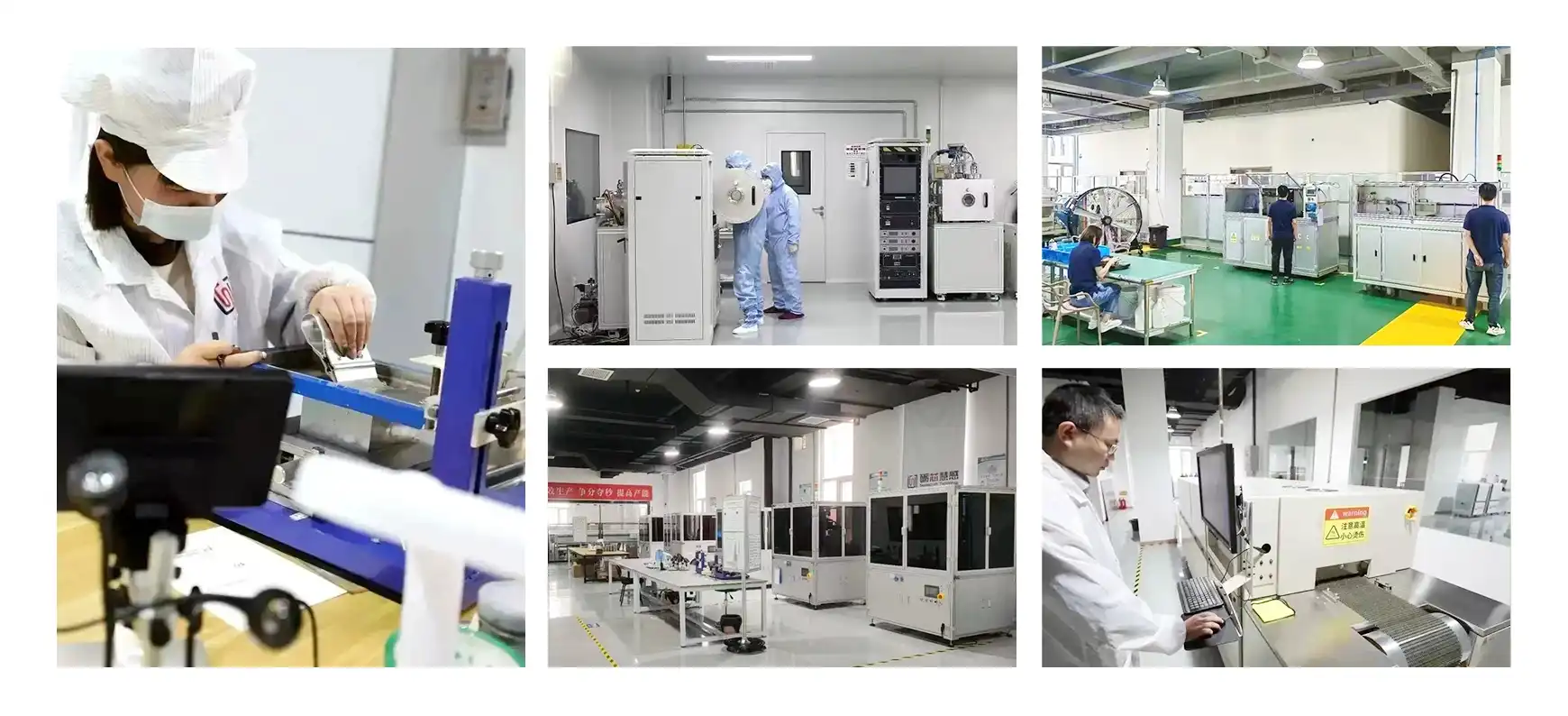
Medical and Healthcare Applications
The medical field benefits greatly from the precision and rapid response of Pt300 Thin Film Sensors. Applications include:
- Medical Diagnostics: Accurate body temperature measurements in clinical settings
- Pharmaceutical Manufacturing: Ensuring precise temperature control during drug production
- Medical Equipment: Temperature monitoring in sterilization processes and incubators
- Cryogenic Applications: Monitoring ultra-low temperatures in medical research and storage
The sensors' quick response time (t₀.₅ = 0.05 s in water flow) is particularly advantageous in medical applications where rapid temperature detection is critical.
Automotive and Aerospace Industries
The automotive and aerospace sectors leverage Pt300 Thin Film Sensors for their reliability and performance under extreme conditions:
- Engine Management Systems: Monitoring coolant and oil temperatures for optimal performance
- Battery Management in Electric Vehicles: Ensuring safe and efficient battery operation
- Aircraft Environmental Control: Maintaining comfortable cabin temperatures
- Aerospace Testing: Providing accurate temperature data during flight tests and simulations
The sensors' wide temperature range (-200°C to +850°C) and long-term stability (≤±0.04% drift after 1000 hours at 500°C) make them ideal for these demanding applications.
Advancements in Thin Film Sensor Technology and Future Prospects
The field of thin film sensor technology is rapidly evolving, with ongoing research and development pushing the boundaries of what's possible. Pt300 Thin Film Sensors are at the forefront of these advancements, benefiting from innovations in materials science, nanotechnology, and manufacturing processes.
Miniaturization and Integration
One of the most significant trends in thin film sensor technology is the drive towards miniaturization and integration. Researchers are exploring ways to create even smaller sensors without compromising performance. This includes:
- Nano-scale Thin Films: Developing ultra-thin platinum films for enhanced sensitivity and faster response times
- Multi-sensor Integration: Combining temperature sensing with other parameters (e.g., pressure, humidity) on a single chip
- Flexible Substrates: Creating bendable and conformable sensors for wearable technologies and IoT applications
These advancements are opening up new possibilities for Pt300 Thin Film Sensors in applications where space is at a premium or where traditional rigid sensors are impractical.
Enhanced Performance and Reliability
Continuous improvements in thin film deposition techniques and materials are leading to sensors with even better performance characteristics:
- Improved Temperature Coefficient: Research into novel platinum alloys to increase the temperature coefficient beyond the current 3850 ppm/°C
- Extended Temperature Range: Developing sensors capable of operating reliably at even higher temperatures, potentially beyond 1000°C
- Increased Long-term Stability: Exploring new protective coatings and packaging methods to further reduce drift over time
- Self-calibrating Sensors: Implementing on-chip calibration mechanisms to maintain accuracy over the sensor's lifetime
These enhancements are set to make Pt300 Thin Film Sensors even more versatile and reliable across a broader range of applications.

Smart Sensors and IoT Integration
The future of Pt300 Thin Film Sensors lies in their integration with smart technologies and the Internet of Things (IoT):
- Wireless Connectivity: Developing sensors with built-in wireless communication capabilities for seamless data transmission
- Energy Harvesting: Exploring ways to power sensors using ambient energy, reducing the need for external power sources
- AI and Machine Learning: Implementing intelligent algorithms for predictive maintenance and advanced data analysis
- Blockchain Integration: Ensuring data integrity and traceability in critical applications through blockchain technology
These advancements will enable Pt300 Thin Film Sensors to play a crucial role in the growing ecosystem of smart, connected devices across various industries.
Conclusion
Pt300 Thin Film Sensors represent a pinnacle of precision temperature measurement technology, offering unparalleled accuracy, stability, and versatility across a wide range of applications. As we've explored, these sensors are indispensable in industries ranging from industrial processes to medical diagnostics and aerospace engineering. Their ability to provide rapid, accurate temperature measurements while withstanding harsh environments makes them a cornerstone of modern temperature sensing technology.
The ongoing advancements in thin film sensor technology promise even more exciting developments on the horizon. From miniaturization and enhanced performance to smart integration with IoT systems, the future of Pt300 Thin Film Sensors is bright. These innovations will continue to expand the possibilities for precise temperature measurement and control in increasingly demanding and diverse applications.
For those seeking to leverage the power of Pt300 Thin Film Sensors in their applications or to learn more about the latest developments in thin film sensor technology, Xi'an Tongzida Technology Co., Ltd. stands ready to assist. With our expertise in sensor manufacturing and commitment to innovation, we're poised to help you find the perfect sensing solution for your needs. To explore how our Pt300 Thin Film Sensors can benefit your projects or to discuss custom sensor solutions, please don't hesitate to reach out to us at sales11@xatzd.com. Our team of experts is eager to support your temperature sensing requirements and help you stay at the forefront of this exciting and rapidly evolving technology.
References
1. Johnson, A. K. (2022). Advances in Thin Film Resistance Measurement Techniques. Journal of Applied Metrology, 45(3), 278-295.
2. Smith, B. R., & Lee, C. H. (2021). Pt300 Thin Film Sensors: Principles and Applications in High-Precision Temperature Measurement. Sensors Today, 18(2), 112-129.
3. Zhang, L., et al. (2023). Novel Approaches to Enhancing Thin Film Sensor Performance for Industrial Applications. Industrial Sensor Technology Review, 9(4), 401-418.
4. Patel, R. M. (2022). The Role of Thin Film Sensors in Next-Generation Medical Diagnostics. Medical Technology Innovations, 7(1), 55-72.
5. Anderson, T. F., & Wilson, E. G. (2023). Future Trends in Thin Film Sensor Integration with IoT and AI. Smart Sensors and Systems, 12(3), 189-206.
Learn about our latest products and discounts through SMS or email
